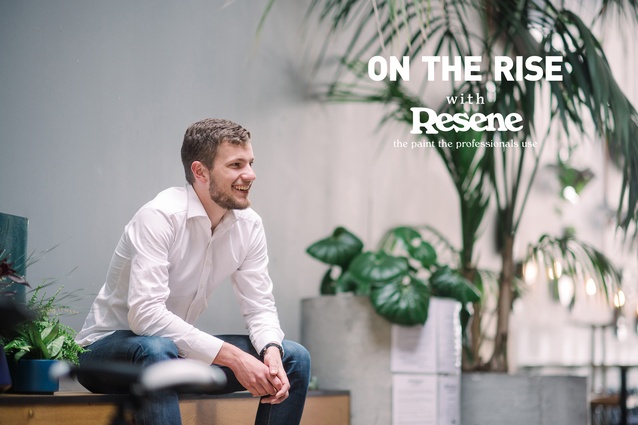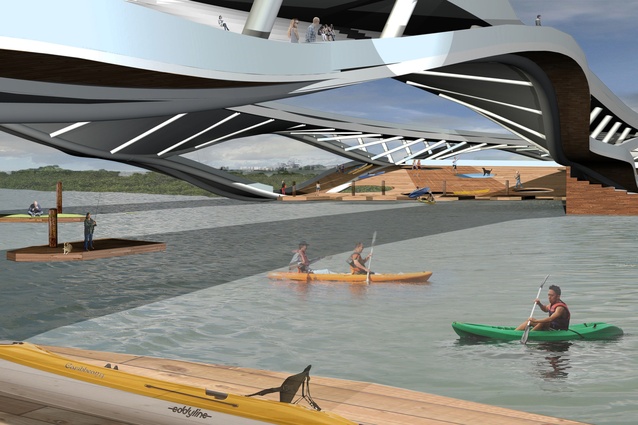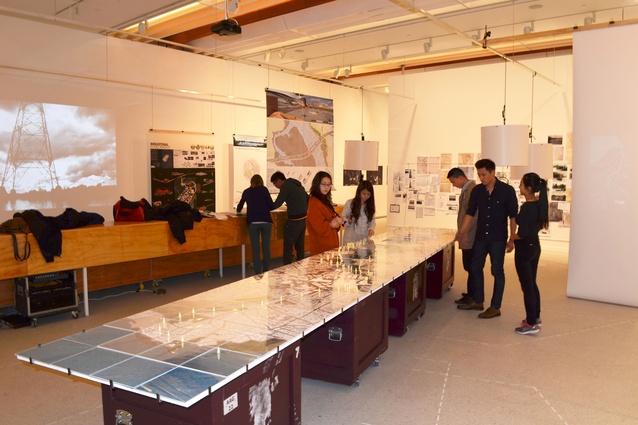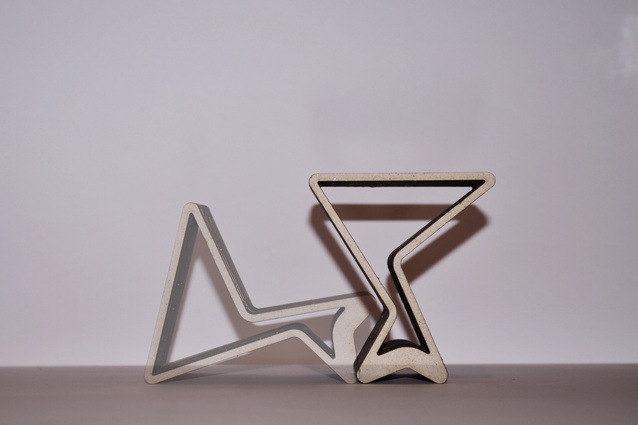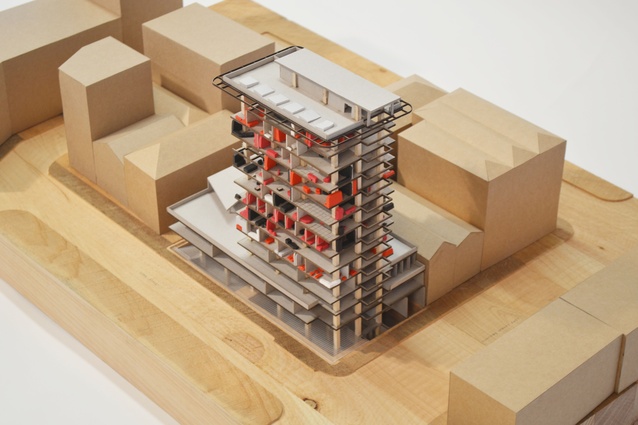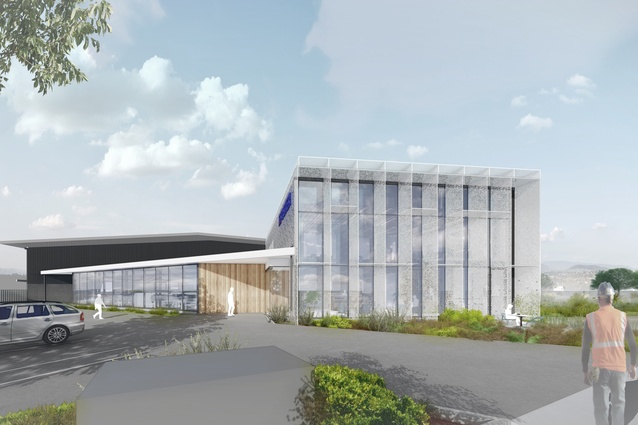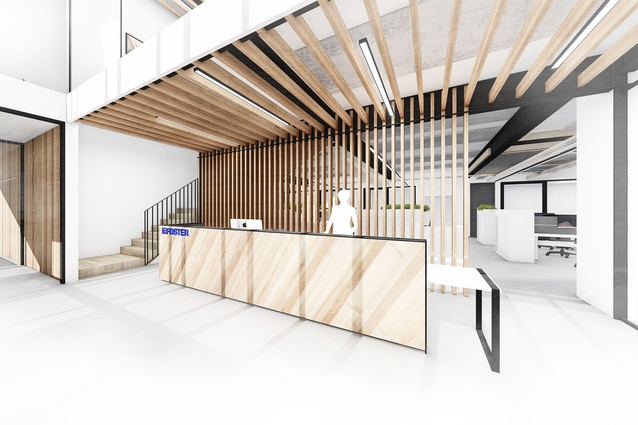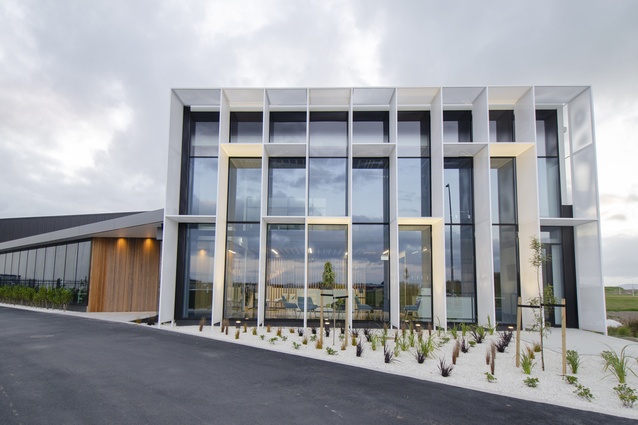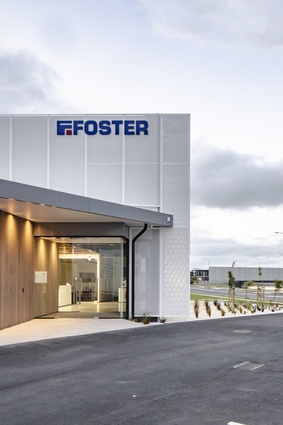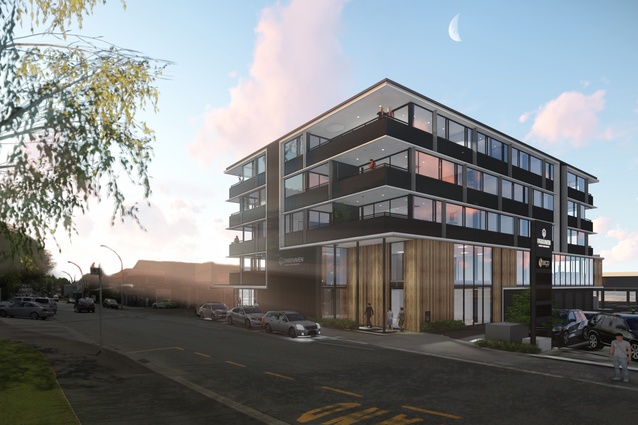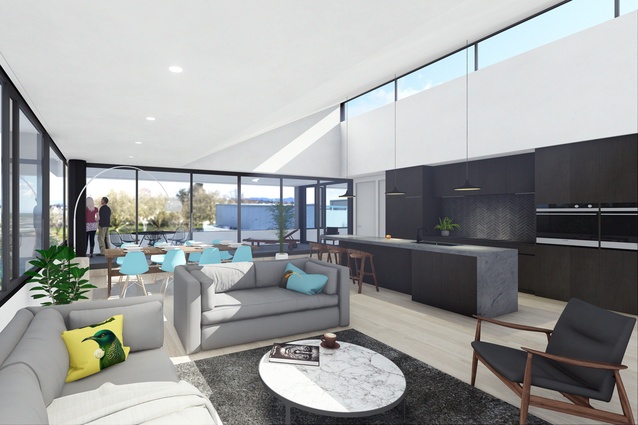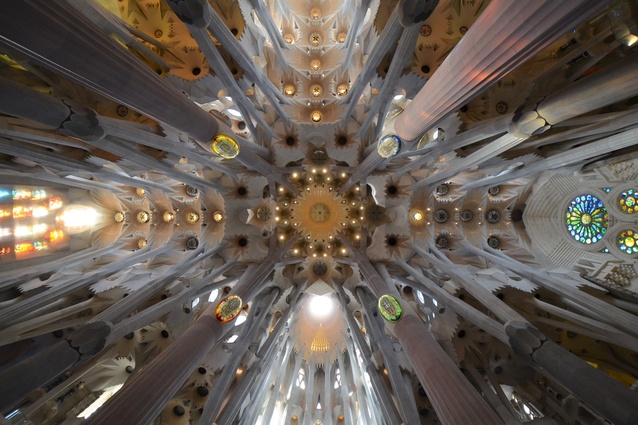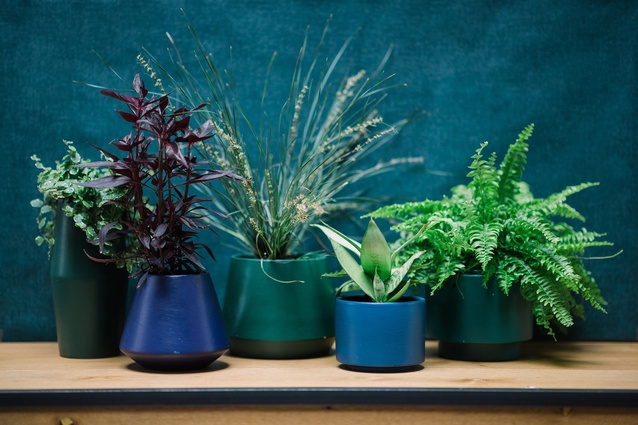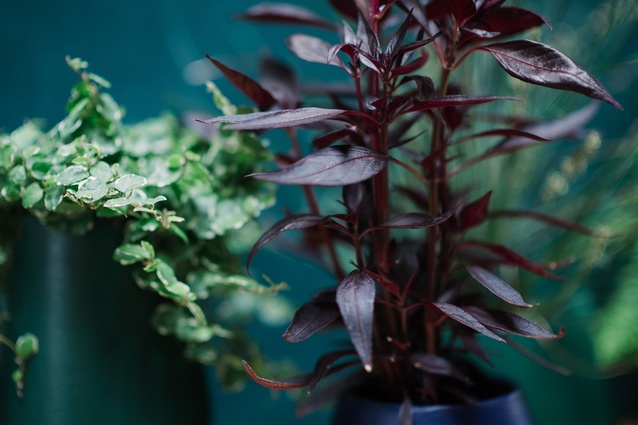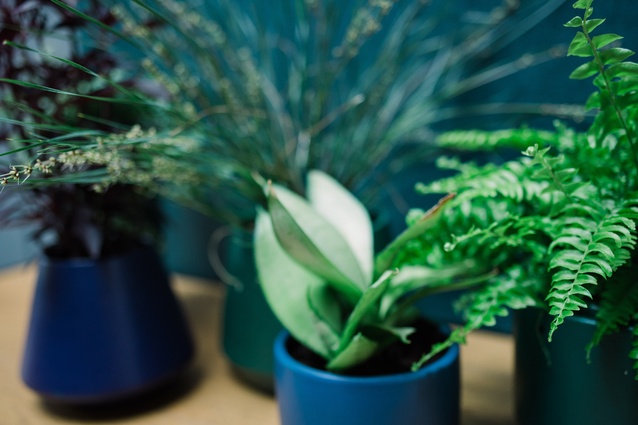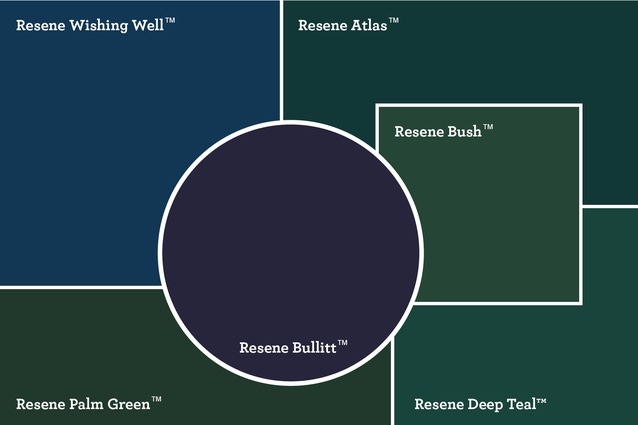On the Rise: Herman Haringa
The ArchitectureNow On the Rise series, supported by Resene, focuses on up-and-coming young designers and architects from across New Zealand. In the 11th iteration of the series, Ashley Cusick travels to Hamilton to speak to Herman Haringa, an architectural graduate at Edwards White Architects.
Ashley Cusick (AC): What influenced your choice to study architecture?
Herman Haringa (HH): From a young age, I was always interested in the built environment. I was pretty curious about different things that were going on and what was in the process of being built. I remember, as a child, I spent hours looking over floor plans and trying to work out how everything worked together.
AC: You are originally from Gisborne and moved to study at the University of Auckland. Did you ever consider staying in Auckland? What led you to Hamilton?
HH: My wife and I did intend on staying in Auckland, but after we’d both finished studying, we went travelling for three months all across the world. When we returned, we spent some time in Rotorua with my wife’s family and she eventually decided to continue her studies here in Hamilton. So, that’s what brought us here.
AC: And how are you enjoying it in Hamilton?
HH: It’s actually been much better than I thought it would be. I heard the rumours, but it is sort of surprising to see all the things that are going on. It’s an exciting little urban hub that we’ve got here, and it’s small enough that I get to cycle to work, which I really enjoy.
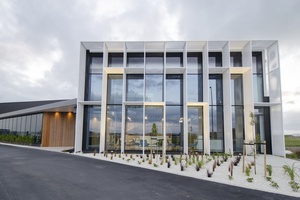
AC: What is the architecture industry like in Hamilton? Have you a got a bit of a community?
HH: I’ve been here for two and a half years now, and there’s a great bunch of creatives that are working on these exciting projects like Victoria on the River and Riverbank Lane. And, developers seem to be really interested in making a change for the city, which is quite exciting to be a part of.
AC: How have you seen the city transform since you’ve moved here?
HH: I think change started to happen just before I arrived, and I’ve been able to see a lot of those exciting developments come to fruition and completion, which has been really cool. I’ve also seen a lot more apartments pop up here in Hamilton and even in Tauranga, so you can tell that some of the regional locations are up-and-coming.
AC: Edwards White has been involved in some big, and highly awarded, projects this year. What has it been like to work at a firm that’s having such a good year?
HH: The awards are just a huge testament to the passion for design the team has and how they strive to deliver carefully considered architecture.
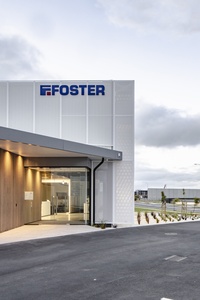
AC: And what have you been working on since you started at Edwards White?
HH: Amongst other things, I’ve predominantly been working on two major projects: first, is a mixed-use apartment building. It pretty much came through the door soon after I arrived. It has been a great opportunity to take it right from the early stages to, now, being on site. Being able to follow it through all those steps has been a massive learning experience. It should be completed in December so it is really getting to the finer ends of construction now.
AC: It will be really exciting to have that officially open.
HH: Yeah definitely. The other project is the new headquarters for Foster Construction. It combines their workshops for the construction and engineering wings and their open office areas. That was just competed two or three weeks ago, so it was really cool to see that come together.
AC: Have these projects been mainly your work, or do you play a more supportive role for other staff?
HH: It’s a pretty collaborative environment here at Edwards White. I worked closely with our directors on both of these projects, but it was very much a team effort; I think nearly half the office has worked on them in one way or another at various stages.
AC: Is it unique to get so much autonomy on large projects like this as a graduate?
HH: I think it’s just because I’m at a smaller firm. To get to see two projects from start to finish being straight out of university has been such an incredible priviledge.
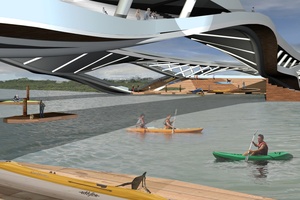
AC: When you were in university, you were involved in a fairly big project for the Fifth Auckland Triennial. Can you tell us about it?
HH: It was called Muddy Urbanism. For the project, our studio was asked to look at ways of bringing life back to the Whau River in Auckland; it flows between central and west Auckland.
Originally, it was quite heavily used by industry and, before that even, by Māori as a means of water transport. Over time, as roads and railways became more prominent and industries moved inland, the rivers were neglected; everyone turned their backs to it and roads were just built over it.
As you raced over the bridges, people never seemed to think, “Oh, wow, there’s actually a river here” or, “We could go down and use it”.
The site I chose for my design was at a proposed new bridge over the river. My idea was to create a bridge that could also provide a space where the public could slow down. It would bring people down to the water through interconnected pedestrian pathways, giving them the ability to use the river. So, the bridge wasn’t just a mono-functional infrastructure; it would also provide space to engage the public.
AC: And the project was exhibited overseas as well?
HH: Yes, while our studio was exhibiting for the Triennial at the Auckland Art Gallery, a group of touring architecture school students from Woodbury University in Los Angeles thought our work was also relevant to their hometown. So, our exhibition made a trip to the Woodbury University Hollywood Outpost (WUHO) gallery. I guess Los Angeles, like Auckland and even Hamilton, in fact, has slowly neglected their rivers and the natural strengths they bring over time. Now there seems to be a growing emphasis being made on opening rivers back up to the public.
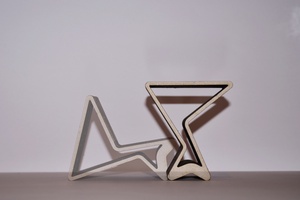
AC: Your Master’s thesis was also focused on urbanism. Tell us about that.
HH: My thesis was about high-density apartment living. Throughout my architecture studies, I was living in apartments and I became interested in that type of housing. It all started off with the construction of a multipurpose chair I made, which could be flipped over to become a table; it became our dining table in one of the apartments I lived in. From there, I explored how furniture could become part of the architecture, allowing the resident to change the use of the apartment. Space could change over time as people’s needs changed. Whether that’s adapting the furniture on a daily basis or having the ability to repurpose more fixed items or rooms, the apartment then becomes a long term housing solution for its occupants.
AC: What got you interested in that sphere?
HH: It was really my own experience of living in apartments. Growing up in a small city like Gisborne, it was a huge shift for me. Living in that environment, I realised that urban sprawl wasn’t really the best answer to address the housing shortage. My thesis also looked into models of collective ownership – which allows apartment owners to have much more control of their spaces– and the reuse of B-Grade office towers as a way of addressing some of the housing issues facing cities.
AC: Did a lot of your work at university focus on urban planning?
HH: While I was studying I tried to expose myself to a range of different scales and architectural typologies and, toward the end of my time at university, urbanism was a new area for me, which I wanted to explore. Having started with smaller projects and singular houses in first and second year and moving towards briefs with an increased scale, I wanted to throw myself into every opportunity I could get at.
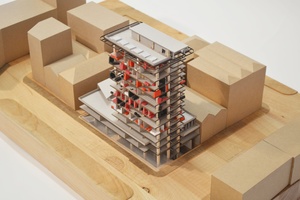
AC: You seem to be coming full circle, getting to see projects like Victoria on the River come to life while you’ve been in Hamilton. How have the projects you worked on as a student influenced your work at Edwards White?
HH: Well, with my first major project being an apartment building, it provided valuable knowledge, because I could use the thinkings and learnings from my thesis and apply it into the real world. It was quite refreshing.
Being here and seeing more high-density living spaces getting built has really demonstrated to me the idea that building at density can be a good thing.
AC: How have you applied that urban design thinking when creating spaces for the city of Hamilton?
HH: I think buildings are just one part of the urban fabric that we live in. The way cities and spaces are knit together is in the streets, the rivers and at the pedestrian scale. At Edwards White, some of the projects that are coming in the office are having a wider influence on the city. The firm has had proposals for other key areas in Hamilton and even if they’re projects that I am not necessarily personally involved in, being part of the discussions in the office and being engaged in that way is great fun.
AC: Is there anything you’ve come across in professional practice that university did not prepare you for?
HH: A lot, really. University is a great opportunity to expose yourself to parts of design without all the constraints you have in the real world, and you are able to explore things beyond what you might be able to do in real life. Prior to studying at university, I did work with a builder and with an architectural designer for a few summer holidays. So, I had some practical experience, which has been very helpful.
University is at the opposite end; you’re learning about the theories and histories of architecture. It’s invaluable to have that kind of knowledge though, as you don’t get the opportunity to throw yourself into that environment when you’re working.
AC: What are some of your core values when it comes to design?
HH: Architecture is such a generalist topic. So, I’m constantly trying to consider different circumstances and constraints but, at the same time, create a design that is effortless in the way it pulls everything together into a beautiful, seamless package.
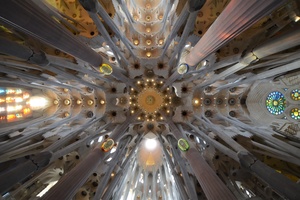
AC: You have done quite a bit of travelling. Did that influence your outlook on architecture?
HH: It opened my mind to what other architects in other cities are doing around the world. It was also amazing to experience different cultures and the way they use their spaces.
I think if I was to travel again now, the way I would appreciate buildings would be different from when I was a student. When you’re at university, you’re not involved in projects at the on-site level; you don’t actually have to produce drawings that someone then has to build. Now that I am working, I am always thinking about how things might come together.
AC: What were some of your favourite places to travel to?
HH: Barcelona was definitely a standout for me. Some of the works by Antoni Gaudí – the Casa Batlló, and La Sagrada Familia – were unbelievable. I remember sitting there in the Sagrada Familia and looking around for a full half hour. It is so incredible how one person can conceive a building with the attention to detail that he applied: with incredible geometries and lines that might start on a column, blending into an arch, then into ceiling decoration and finally becoming a light fitting.
AC: What do you enjoy doing outside of work?
HH: I like picking up my tools as much as I can. We just bought a house recently, so I’m enjoying getting out the paintbrush or building furniture for it.
AC: What are your goals for the future? Do you have any dream projects you’d like to work on?
HH: Getting registered is the biggest thing on my radar at the moment. I don’t really have any dream projects right now. However, there’s some great opportunities coming through the office and being part of them is really cool.
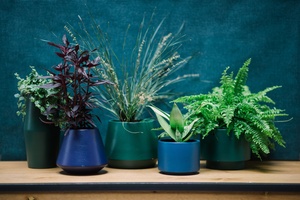
AC: As part of the On the Rise series, we ask participants to create a mood board using Resene colours. Tell us about what you’ve created and the colours you chose.
HH: I took inspiration from nature. I played around with colours that had an earthy, green hue to create an immersive and rich environment. I wanted to blend the painted pots with the plants, playing with the interplay between the colours of foliage and the Resene colours. I also used a Resene wallpaper sample for the backdrop and utilised some timber stairs that we have near the office to add some warmth and keep with the natural theme. My wife will be very pleased to get a few new plant pots as well.
AC: What advice would you give to someone who’s thinking of becoming an architect?
HH: Just go for it. And, take every opportunity you can while you’re at university. Architecture is an environment where if you have an idea, you should just push it and not second-guess yourself. If it doesn’t work, try something else. That is the real job at the end of the day.
See the others in the On the Rise series: 1. Haley Hooper, 2. Geordie Shaw, 3. Maria Chen, 4. Ed Dromgool, 5. Beth Cameron, 6. Te Ari Prendergast, 7. Raphaela Rose, 8. Natalie Bradburn, 9. Melanie Kassian, and 10. John Belford-Lelaulu.
The ArchitectureNow On the Rise series is generously supported by Resene.

